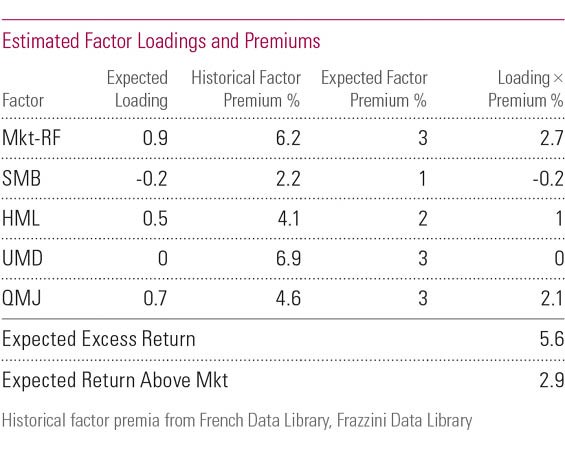Should You Use Morningstar s New Analyst Rating
Post on: 16 Март, 2015 No Comment

You can opt-out at any time.
Please refer to our privacy policy for contact information.
Morningstar, the best known mutual fund research and ratings firm, recently announced it will provide analyst ratings for funds in addition to their popular star ratings. Will this new analyst rating help you choose the best funds?
How Morningstar’s Star Rating Works
Before analyzing Morningstar’s new analyst rating system, please allow me to provide my two cents on the existing star rating. As a CFP specializing in investment management with mutual funds, I can tell you that the star rating can be misleading, if not damaging, for most mutual fund investors.
According to Morningstar (via their Principio Pro software I use) the star rating works like this:
The Morningstar Rating for funds, commonly called the star rating, is a measure of a fund’s risk-adjusted return, relative to funds in its category. Funds are rated from one to 5 stars, with the best performers receiving five stars and the worst performers receiving a single star.
Risk-adjusted return is calculated by subtracting a risk penalty from each fund total return, after accounting for all loads, sales charges, and redemption fees.
Funds are ranked within their categories and stars are assigned as follows:
Top 10% five stars
Next 22.5% four stars
Middle 35% three stars
Next 22.5% two stars
Bottom 10% one star
Translation: The star rating reflects past performance adjusted for a fund’s market risk. For example, a fund with low relative risk and high relative returns would likely receive a four or five-star rating; whereas a fund with high relative risk and low relative returns would get a one or two-star rating. Average risk/average return funds receive three stars.
What’s wrong with this? Mutual fund investors want low risk/high return funds, right? Yes, but past performance is no guarantee of future results; therefore neither is the star rating. In fact, high-performing funds often attract a large number of new investors, which brings a flood of new money for the fund management to invest. As the fund’s assets grow, it often becomes more difficult to manage, which will often have a negative impact on future returns. In extreme cases, the best funds of the past can become the worst funds of the future.
Judging Morningstar’s New Analyst Ratings
Morningstar’s president of fund research, Don Phillips, said The star ratings are an achievement test. We view these new ratings as more of an aptitude test. The effectiveness of the new analyst ratings, which will begin in the fall of 2011, is yet-to-be-determined. These ratings, however, appear to provide guidance on what makes a good mutual fund—low expenses, experienced management and performance that matches or exceeds expectations.
Forgive my cynicism but Morningstar is simply making available what readers like you already know by staying well-informed here at About.com, Mutual Funds. Low expenses are a greater indicator for higher relative performance than any other single fund selection criterion, including past performance.
Additionally, I am skeptical that mutual fund analysts will be able to remove the potential for human error because the greatest value of the analyst will likely be in judging actively-managed funds. where a fund manager can buy and sell securities at their discretion and therefore may make bad decisions, just as easily as good ones. Whereas Index funds are passively managed with the lowest expenses, thereby removing the risk of human error and the need for an analyst’s opinion; there is no good or bad decisions—you just get the returns of the overall market at a low cost.
With that said, this new analyst rating is a step in the positive direction for Morningstar, which was (and still is) arguably the best in the industry at what they do. We can also give Morningstar credit for helping mutual fund investors focus on how to choose the best mutual funds of the future, rather than judging the best funds of the past.














